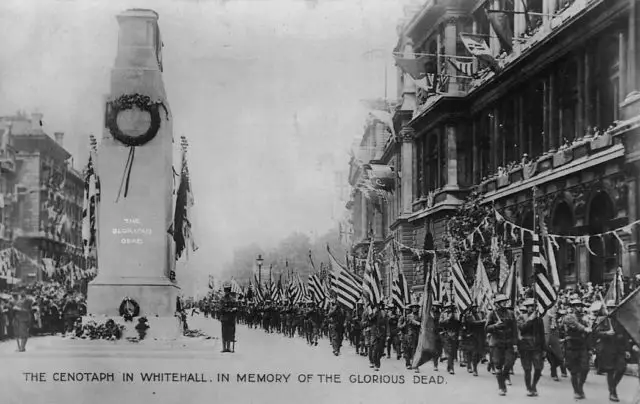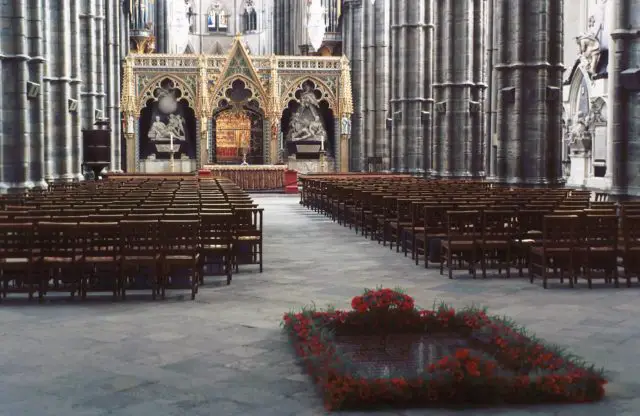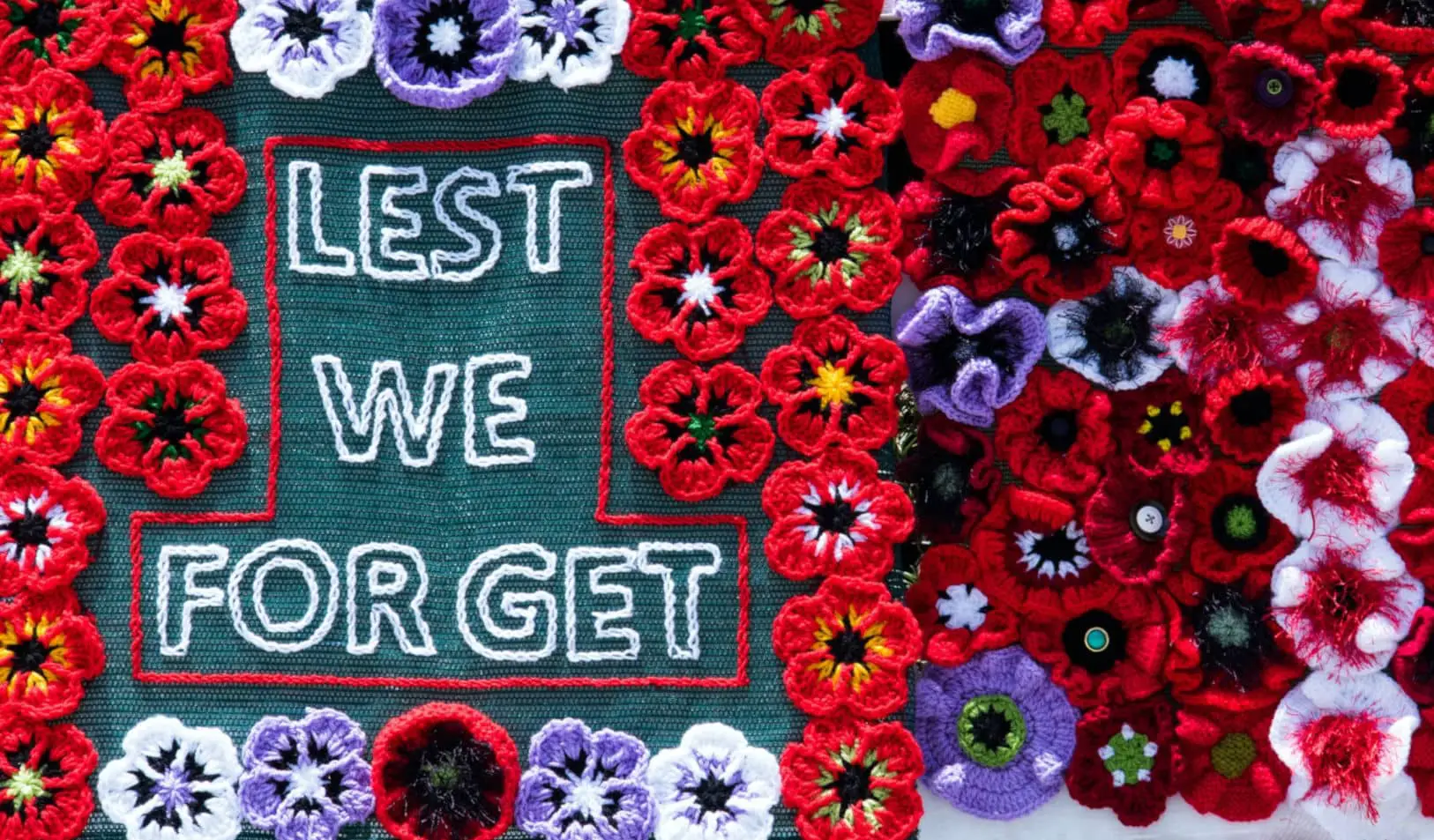Members of the public have been asked to mark this year’s Remembrance Sunday service on Sunday 8th November at home rather than head to the Cenotaph in London, due to the ongoing global Coronavirus pandemic.
Around 10,000 people usually gather at the Cenotaph each year for the National Service of Remembrance and the two minute silence at 11am.
Watch on TV
This year, for the first time in history, the event will be closed to members of the public in line with the latest expert medical and scientific advice.
The service is expected to go ahead with representatives of the Royal Family, the Government and the Armed Forces, and a small representation from the Commonwealth, other countries and territories, all laying wreaths at the Cenotaph.
The public are urged to remember all those who paid the ultimate sacrifice by coming together for a national moment of silence at 11am as the service is broadcast nationwide on BBC One, Sky and ITV.
Councils issued with advice
Last week the government provided advice for councils in England on how to ensure that those hosting local Remembrance events can do so safely.
Measures include reducing numbers, focusing attendance on those wishing to lay wreaths, and observing social distancing at all times.
The Isle of Wight council say they will be releasing details later in the week.
Cowes Remembrance Parade
Cowes Town Councillor Lora Peacey Wilcox recently informed her residents,
“The Remembrance Parade will not be happening in Cowes in its usual form. There will be no march past, or outdoor service at the war memorial in Northwood Park.
“A small service for invited guests only (limited numbers due to Covid) will be held in St Mary’s church.
“I will be laying a wreath on behalf of you all. People are being asked to stand outside their homes at 11am for the two minute silence should they wish.”
Centenary for Centotaph and Tomb of the Unknown Warrior
This year also marks the centenary of the unveiling of the permanent Cenotaph by King George V on Armistice Day 1920 and of the interment of the Tomb of the Unknown Warrior in Westminster Abbey.

Image: Leonard Bentley under CC BY 2.0
Meaning ‘empty tomb’, the Cenotaph symbolises the unprecedented losses of the First World War and is dedicated to ‘The Glorious Dead’.
The Cenotaph
The Cenotaph was designed by Edwin Lutyens and was initially erected as a temporary structure for Peace Day in July 1919.
The structure was so popular a permanent version was commissioned. Since then, the Cenotaph has become the focal point of national commemoration. Details of plans to mark this moment will be announced in due course.
The Unknown Warrior
The Unknown Warrior was an idea conceived by a Chaplain on the front, the Rev David Railton, after seeing a grave with a rough cross on which were pencilled the words “An Unknown British Soldier”.

He suggested that an unidentified Soldier from the battlefields of Europe be selected at random and transported to England and be buried amongst the Kings and Queens of Westminster Abbey.
King George V led the procession and Gun Carriage that carried the coffin of the Unknown Warrior and was Chief Mourner for the service at Westminster Abbey that followed the unveiling of the permanent Cenotaph on Whitehall.
Source: UK Government Website
Image: David Clode under CC BY 2.0





